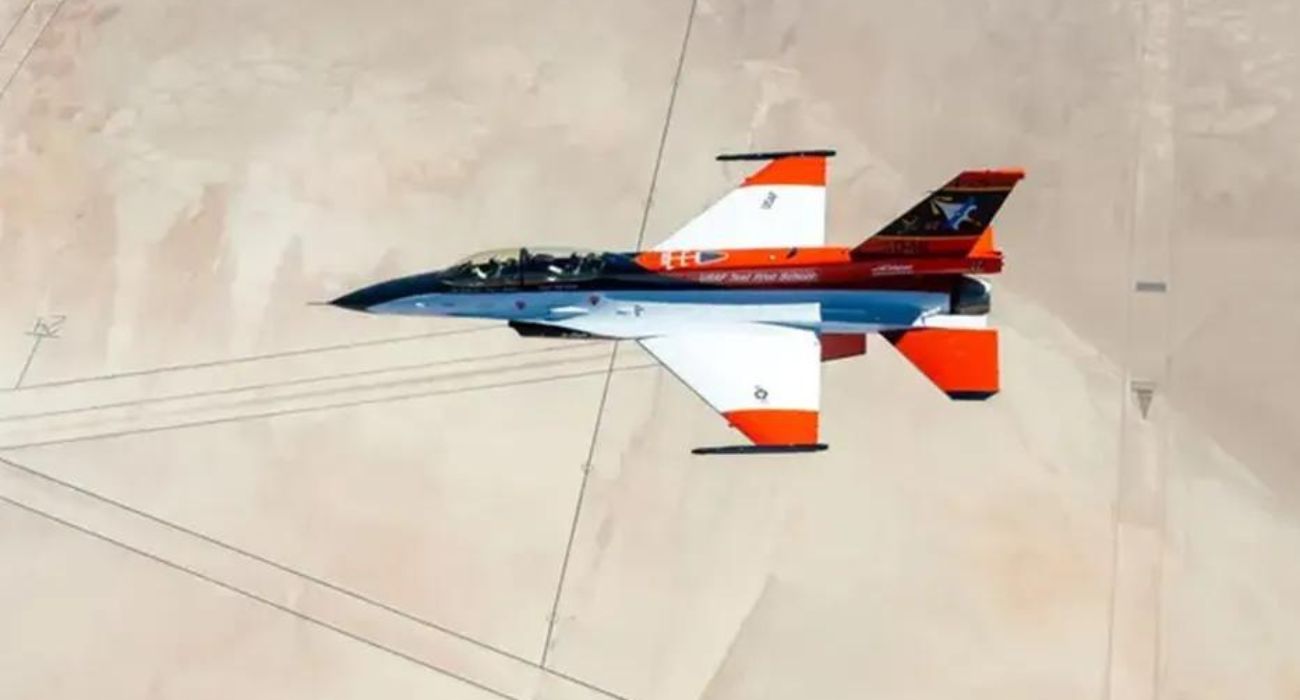Work has begun on the futuristic, and so-called dystopian, mega-city in the Saudi Arabian desert. Called “The Line” and designed by “smart-city” planning company NEOM, the “city” will stretch 106 miles long near the Red Sea. The “city” will be contained within a single, massive building, and at only 656 feet wide, The Line lives up to its name.
By installing two skyscrapers parallel to each other, comprising the entire length of the “city,” The Line promises to host up to 9 million people.
Between the skyscrapers will sit a high-speed rail line, which is expected to transport citizens from one end to the other in only twenty minutes. With help from the rail line, the Saudi Arabian government claims that there will be no cars within the city, allowing for the settlement to have zero emissions. The entirety of The Line will be powered by renewable energy, although Saudi officials have kept details somewhat under wraps. Everything needed to thrive in an urban area, from restaurants to airports, is promised to be provided inside the city’s walls.
Recently released drone footage shows construction crews carving out the foundation of the project in the desert with hundreds of excavators and other machinery. The building of the foundation serves as the first step in an undoubtedly lengthy process; however, Saudi Crown Prince Mohammed bin Salman has promised that the project will be completed by 2030. The Line has faced large amounts of criticism, with many claiming the city may be too ambitious. The original price of $500 billion, sponsored by the Saudi government and international investors, is predicted to double to nearly $1 trillion by the time the project is finished.
Similar mega-projects, pushed forward by lavish spending, have been known to fail. China’s Kangbashi city project, which was planned to hold over 1 million people, rests today as essentially a ghost town. Burma’s capital of Naypyidaw, six times the size of New York City, features 20-lane highways, golf courses, resorts, and much more. However, being smack in the middle of one of the poorest countries in Asia, Naypyidaw is home to only 683,000 people.
Human rights activists have also voiced concerns about the implications of The Line. With limited migrant workers’ rights and past exploitative practices, experts believe that Saudi Arabia could possibly overwork and underpay those tasked with building the mega-city. Also, reports have surfaced detailing how three family members were recently sentenced to death by the Saudi government for refusing to be evicted in anticipation of The Line construction.






